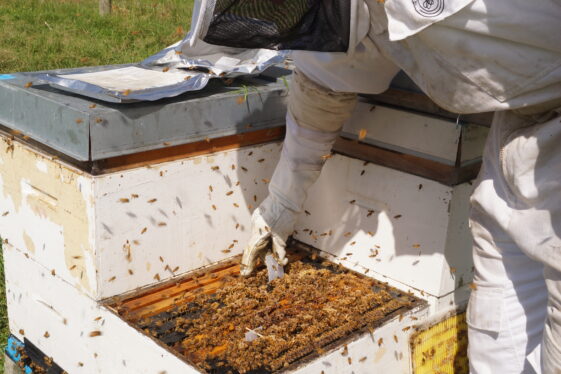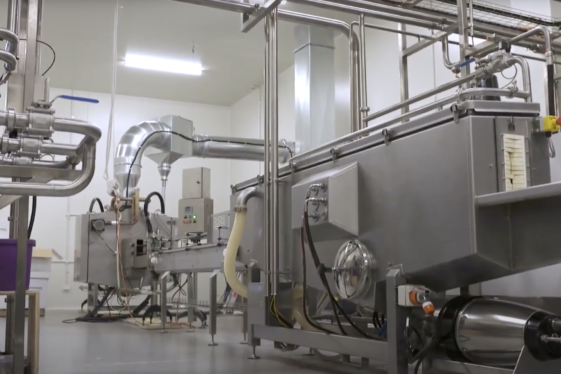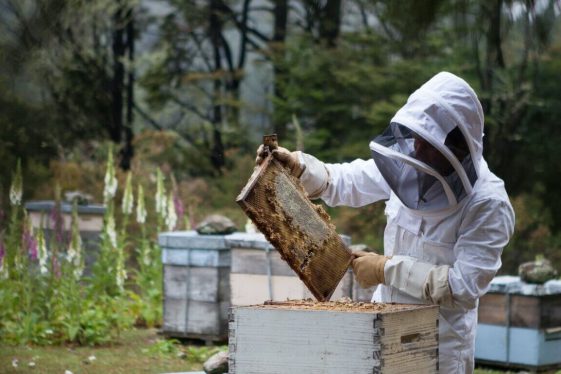Beginner Beekeepers’ 10 Most Common Questions
Here are the ten most commonly asked questions and answers from beginner hobbyist beekeepers:
1. How do I start beekeeping?
To start beekeeping, educate yourself through classes or books, understand local regulations, buy essential equipment (beesuit, hive tool, smoker), choose your hive type, and purchase bees from a reputable supplier.
2. How much time does beekeeping require?
Beekeeping typically requires a few hours per week during the active seasons (spring and summer) for inspections and maintenance. During winter, the time commitment is much lower, mainly monitoring the hive.
3. What kind of hive should I use?
The Langstroth hive is widely recommended for beginners due to its modular structure and ease of management. Other types like Top Bar or Warre hives can be explored as you gain more experience.
4. Where should I place my hive?
Choose a sunny location with some midday shade, sheltered from strong winds, and near a water source. Ensure it’s accessible but away from high-traffic areas to avoid disturbances.
5. What equipment do I need to start?
Essential equipment includes a bee suit with gloves and veil, a hive tool for inspections, a smoker to calm the bees, and a feeder to provide food during scarcity.
6. How do I protect myself from bee stings?
Wear a full beesuit with gloves and a veil. Handle bees gently and use a smoker to calm them during inspections. Beekeepers also become more adept at avoiding stings over time through experience.
7. How much does it cost to start beekeeping?
Initial costs can range from $500 to $700 for basic equipment and bees. Additional costs may include protective gear, hive components, and ongoing maintenance supplies.
8. How do I feed my bees?
Feed your bees sugar syrup (1:1 sugar to water ratio) in spring and autumn to supplement their food stores. Provide pollen substitutes or supplements if natural sources are insufficient, especially in early spring. We recommend using MegaBee patties.
9. What should I look for during hive inspections?
During inspections, check for a healthy queen, brood patterns, food stores, and signs of diseases or pests. Look for regular egg laying, healthy larvae, and capped brood to ensure the colony is thriving.
10. How do I manage pests and diseases?
Regular inspections and good hive hygiene are key. Learn to identify common issues like Varroa mites, American foulbrood, and Nosema. Use treatments as necessary, following guidelines from experienced beekeepers or local beekeeping associations. Maintain healthy bees through proper nutrition and management practices.





